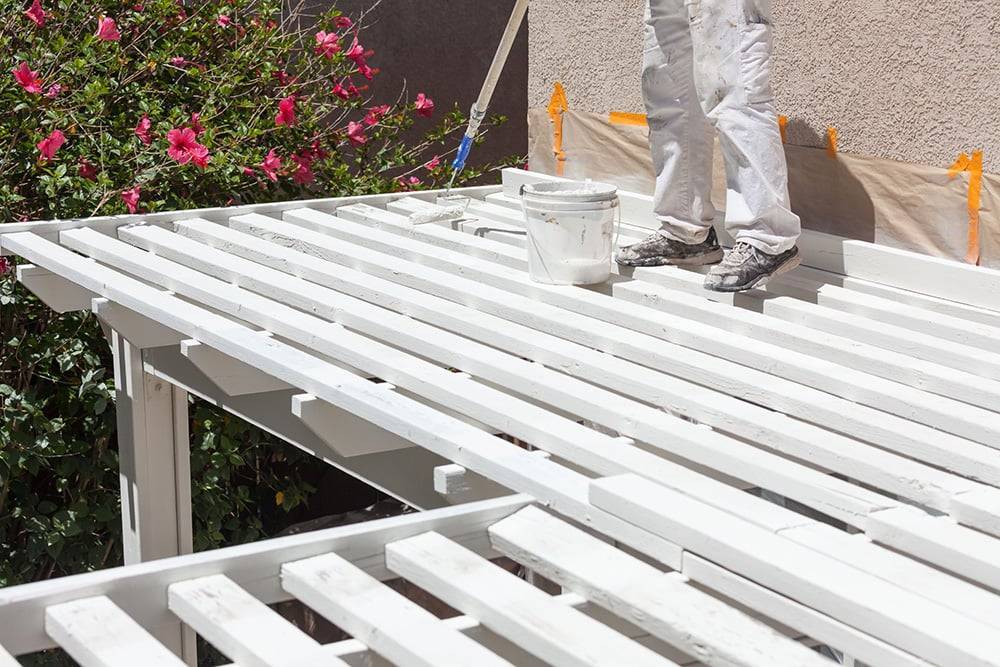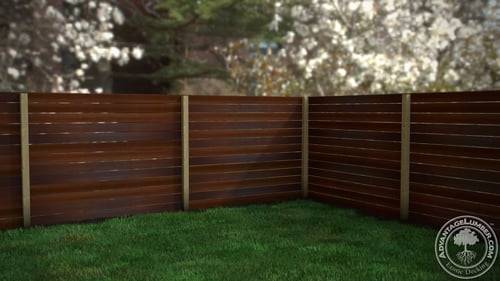It’s not enough to say that you’re product is eco-friendly. People want, and deserve, proof. However, it is getting harder for all of us to cut through the marketing hype to see products for what they really are, not what you are told they are. So….with that said, what does that have to do with decking?
We received a phone call the other day from someone who was fed lies. They were told by someone trying to sell them thousands of dollars in composite decking that “anyone who buys hardwood decking from countries like Brazil are helping kill off the rain forest. ” This person was shopping around and asked us point blank, “How can I be sure that the hardwood you sell is really eco-friendly?”
At Advantage, we LOVE getting questions like this. Here’s our response:


